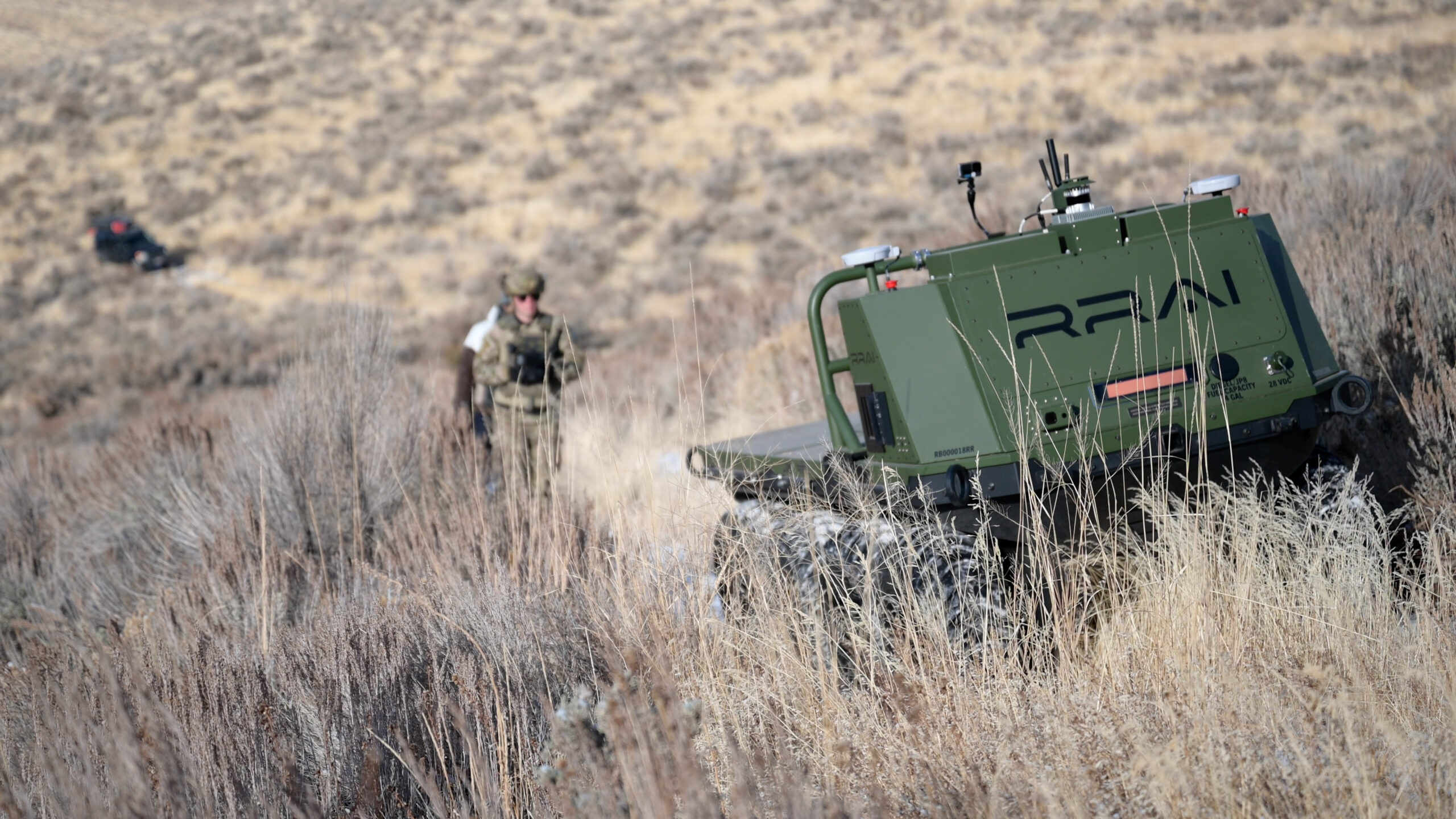Posts
Thank you! Your submission has been received!
Oops! Something went wrong while submitting the form.
No posts found! Try another search.
News
Thank you! Your submission has been received!
Oops! Something went wrong while submitting the form.
No news found! Try another search.













